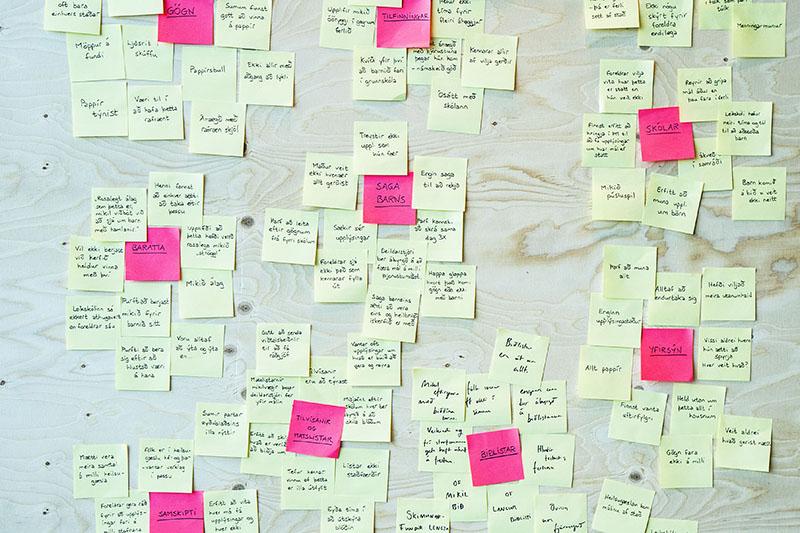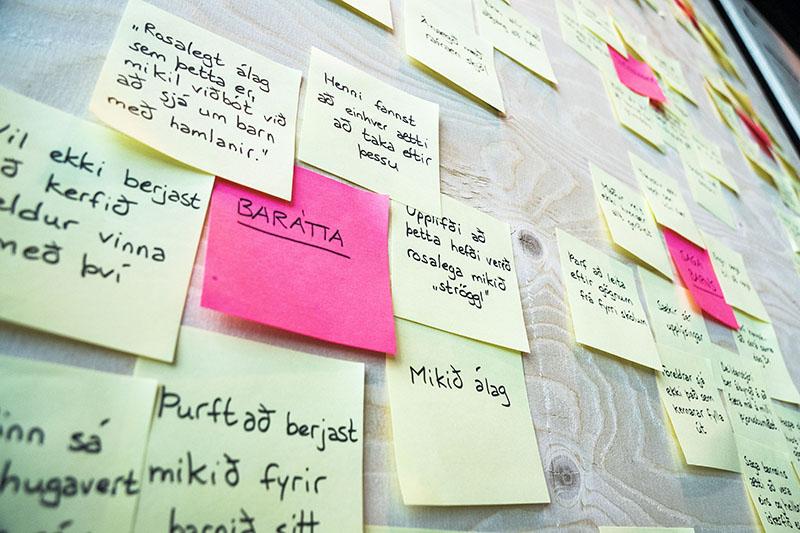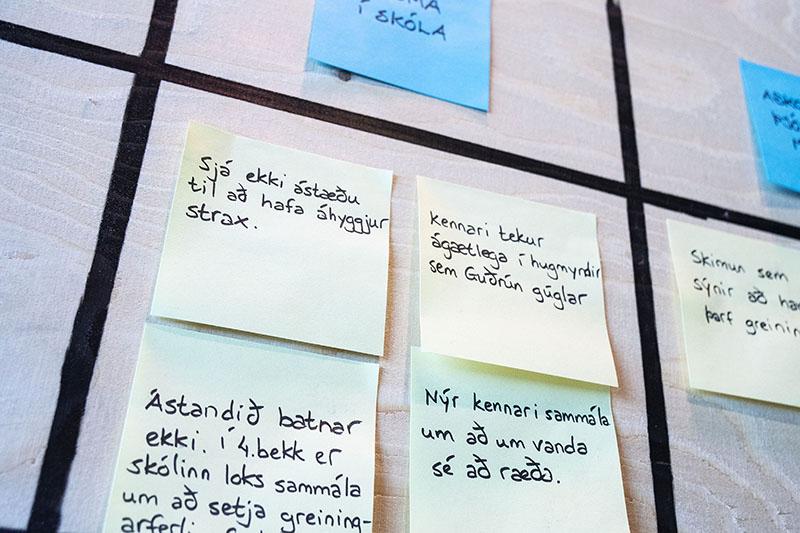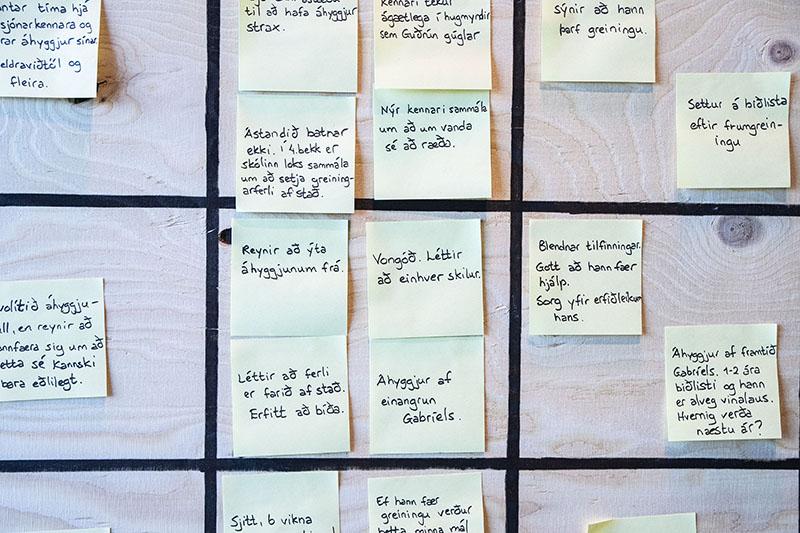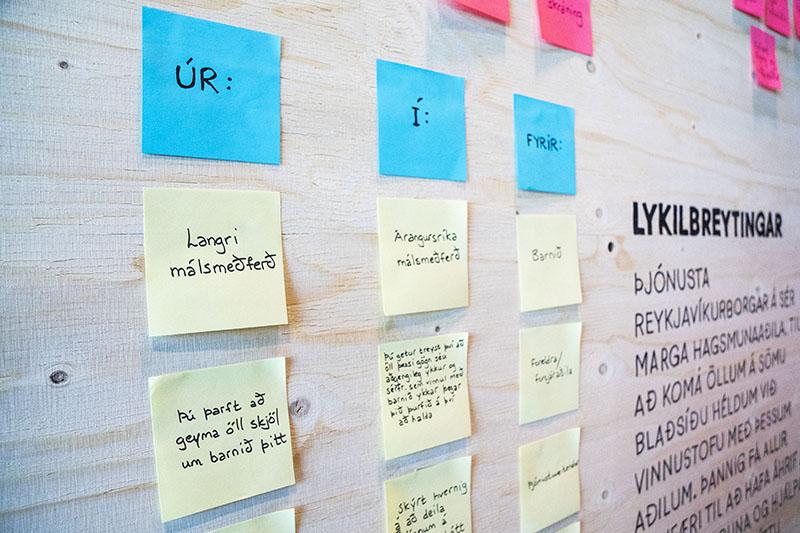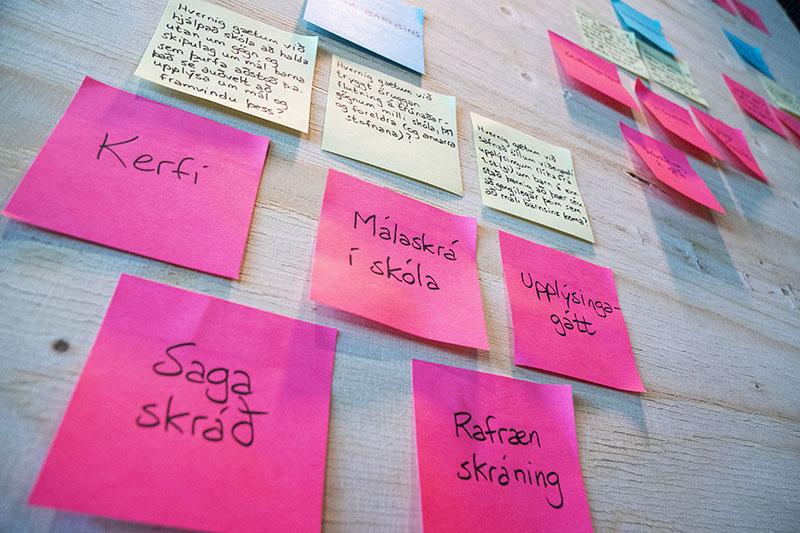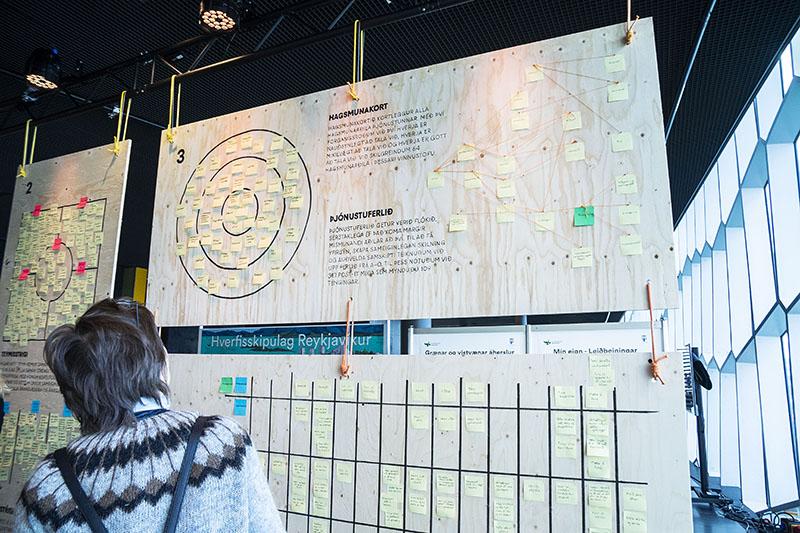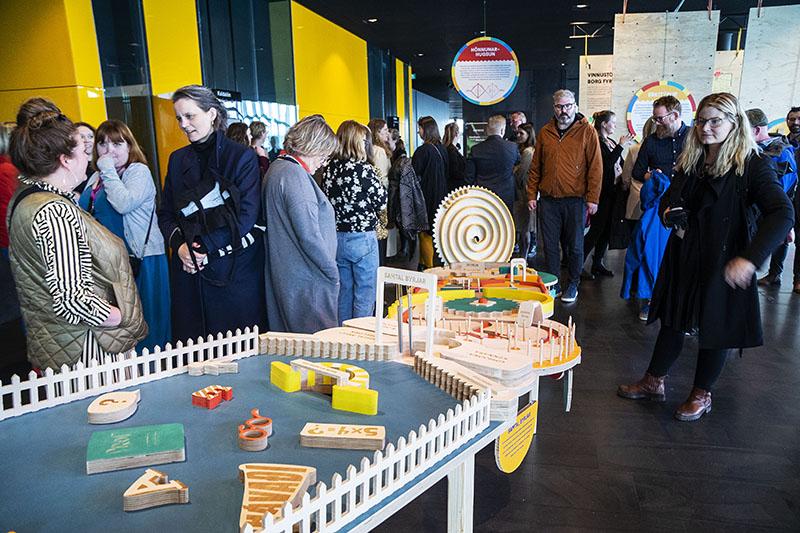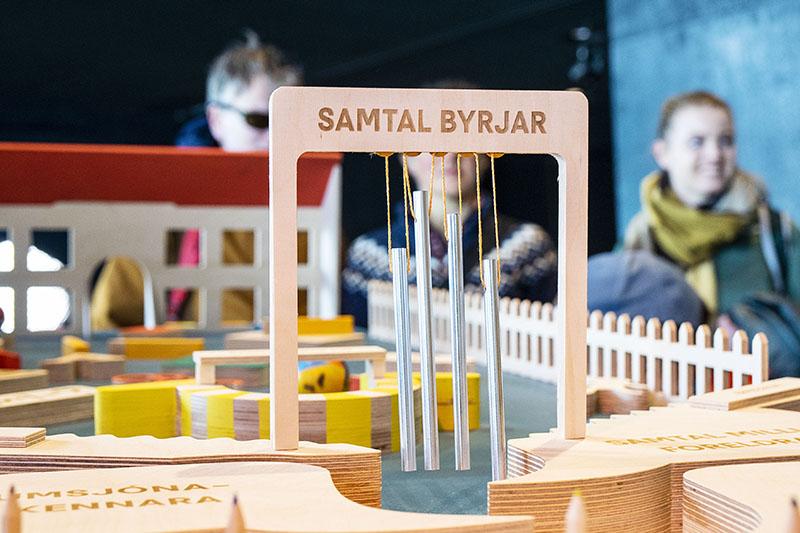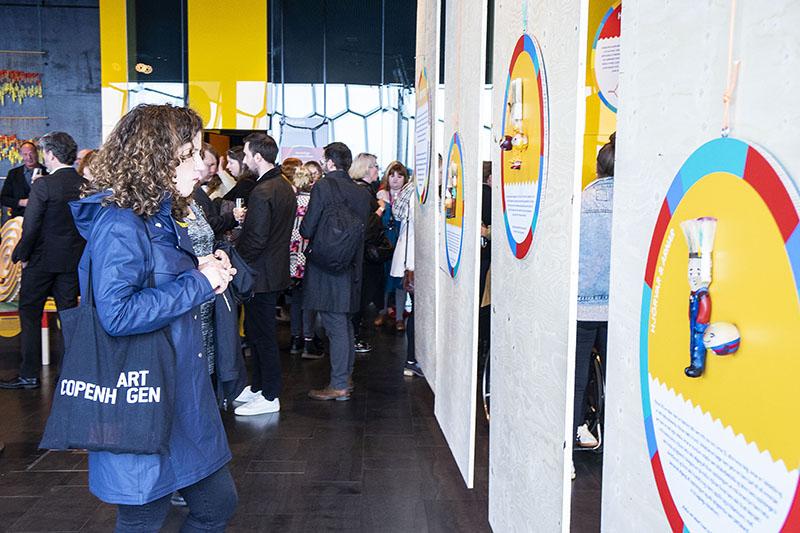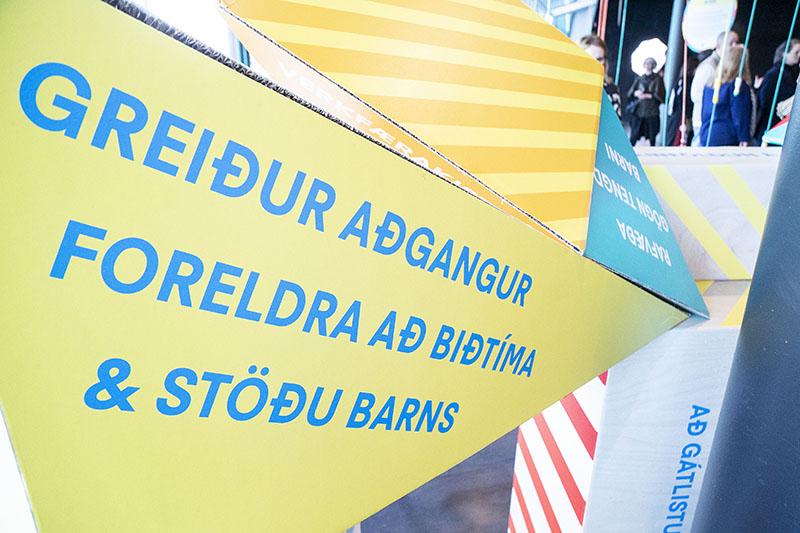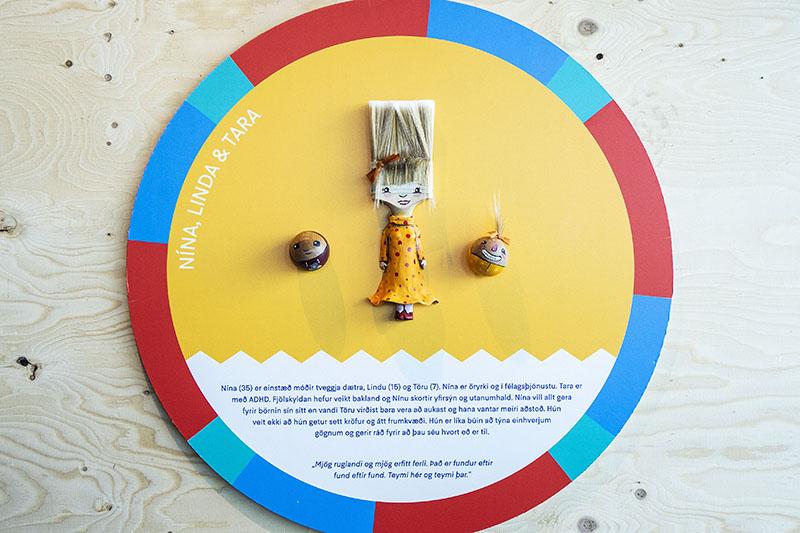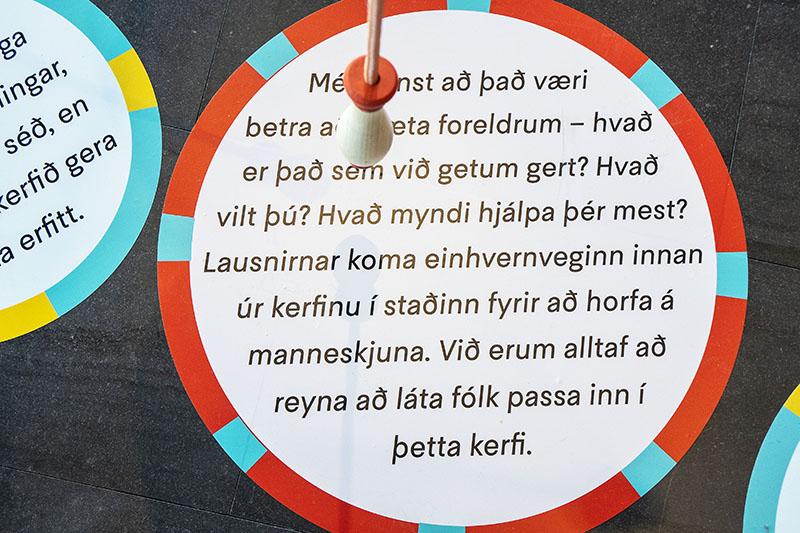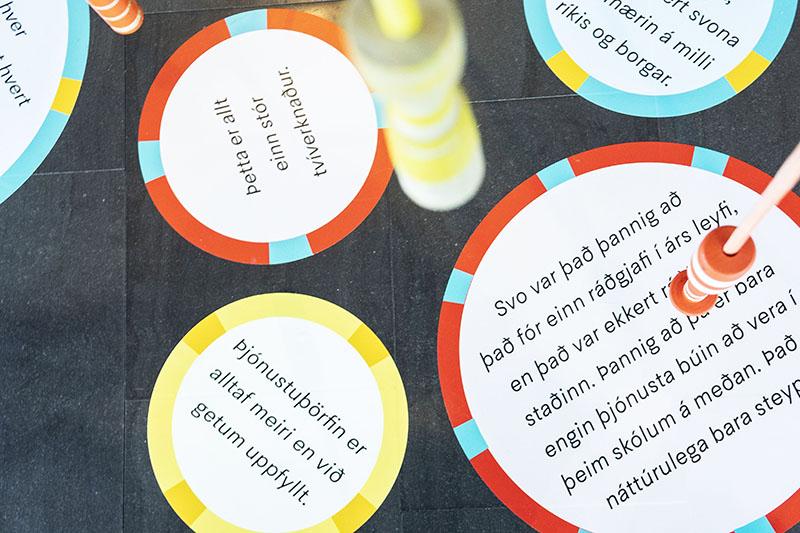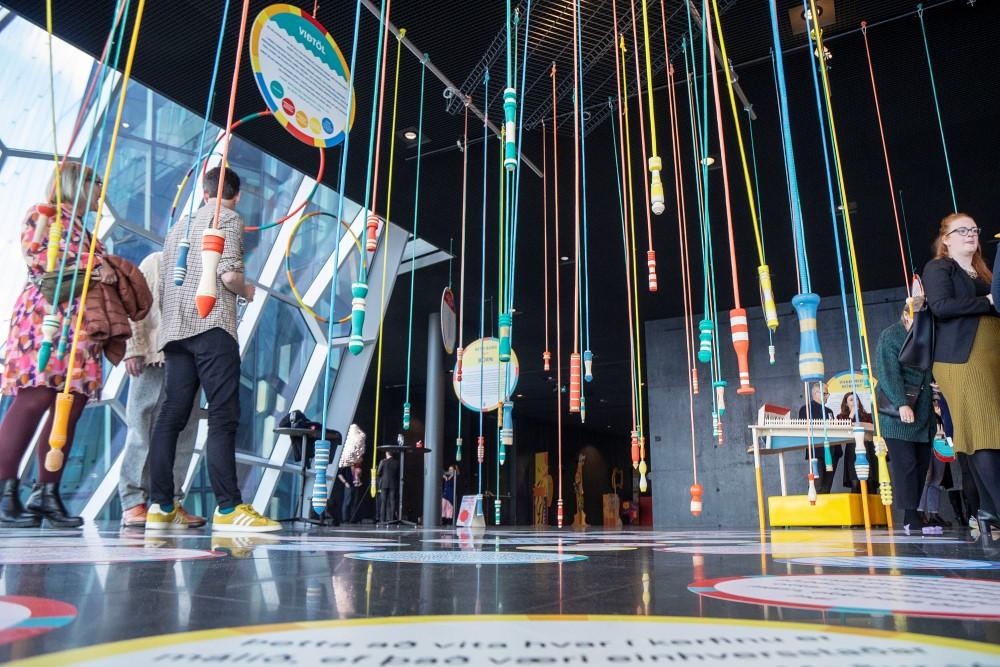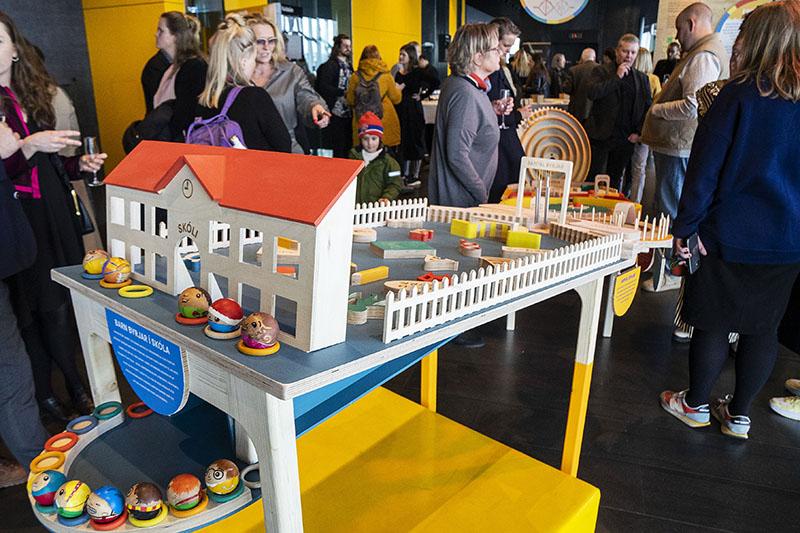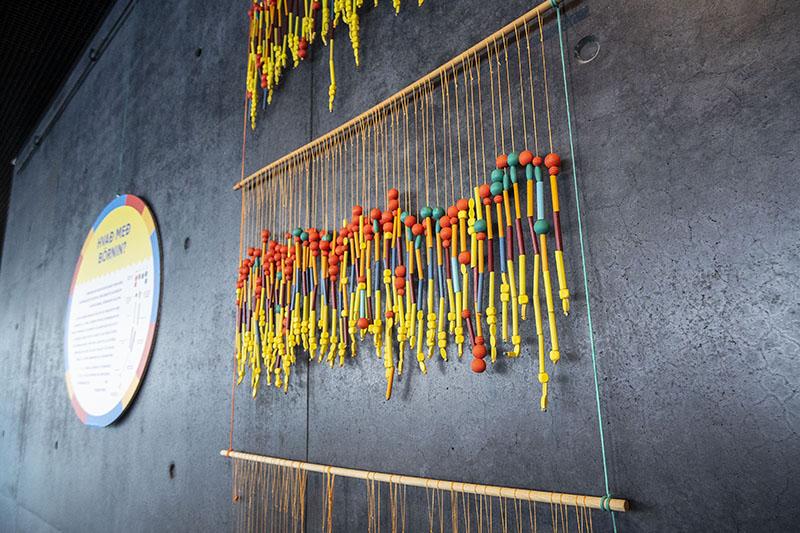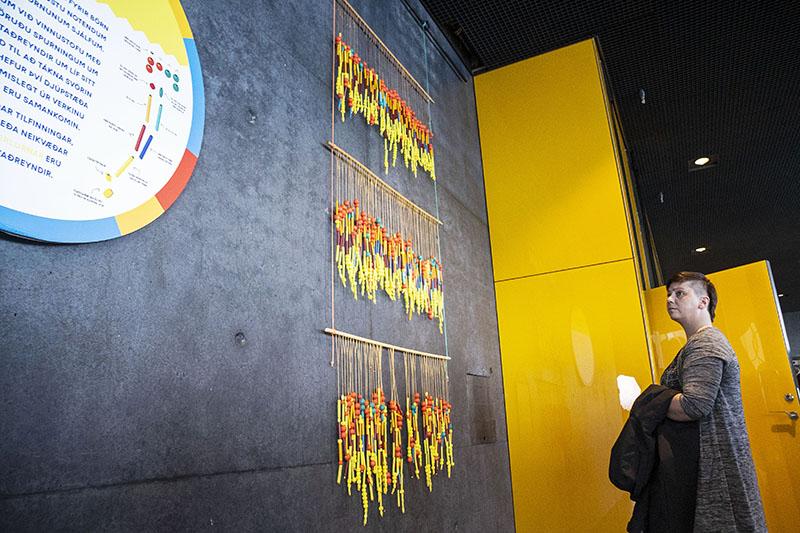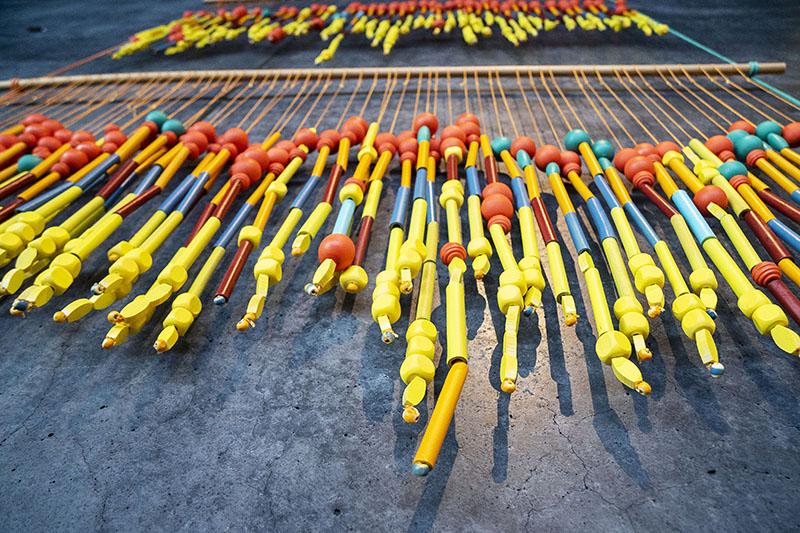A Better City for Children
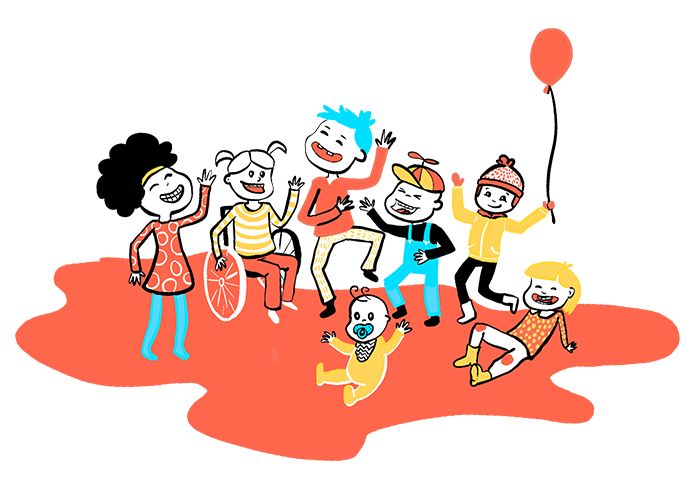
Better City for Children is a comprehensive project aimed at improving services for children, youth, and their families. The project is a cross-disciplinary collaboration involving staff from the Department of Welfare, Department of Education & Youth, Department of Services & Innovation, and the i-team, under the stewardship of the City's child prosperity project manager.
The project
The project is primarily about simplifying access to services by putting the user first.
The goal is to bring school services further into the school environment, provide appropriate support as soon as possible, and strengthen collaboration between the Department of Education & Youth and Department of Welfare - both on-site and within City departments.
Among the project's scope is the digitization of application procedures for school services and a complete review of the process from a user-centered design perspective.
Increased demand
Since the start of the Covid-19 pandemic, applications for support services from Reykjavík City have significantly increased.
In the first few months of 2021, there were about 3,000 applications, a substantial increase from the 2,100 applications received in 2019. Indications suggest that anxiety, loneliness, and depression are the main causes of this increase.

Objective
In short, we want to simplify the process for people to apply for services for their children, streamline processes, and thereby reduce wait times.
This will be achieved by, among other things:
- Simplifying the application process for users and the processing of applications for staff.
- Strengthening collaboration between City departments to ensure coordinated services and avoid duplication.
- Easing access to data – the user has everything in one place.
- Digitizing applications as needed – no more paper!
- Ensuring a seamless user experience so that parents and staff perceive Reykjavík City as a single service provider.
User research
Extensive user research was conducted during the project preparation. To design a good service, it's crucial to understand the people who will use it.
For this project, we talked to:
- Stakeholders within the school system – teachers, support service division heads, special education division heads.
- Experts outside the school system – educational consultants, disability youth affairs counselors, primary school program directors, preschool program directors, speech therapists, psychologists, social workers, youth counselors, service representatives, and executive directors of service centers.
- Service users, – parents and guardians of children from diverse backgrounds with various needs who have received school services from Reykjavík City.
Transformation projects are divided into five phases:
Team composition
The project team comprises a diverse group of specialists, with an even more diverse background, from everywhere within the city administration. It's essential to start by aligning all stakeholders.
Discovery
The goal of this phase is to frame current challenges and understand the process that needs to be changed, while also engaging with the service users involved in the process. It is important to listen to all stakeholders in the project and understand the user experience by conducting workshops, in-depth interviews, and data collection.
Definition
Here, the team analyzes data and information that helps prioritize user needs. Upon completion, the team presents a clear and comprehensive proposal for further development and testing.
Development
A prototype is developed and user feedback is sought to ensure the solution is as effective as possible. Following this, the technical implementation of the prototype begins, and a technical team joins the group.
Implementation
The project product, whether it's a digital solution, new processes, organizational changes, or a mix of these, is put to use.
DesignMarch
The exhibition "Better City for Children" was opened at DesignMarch 2022 in Harpa.
It allowed visitors to creatively interact with City processes and understand the City's service transformation process.
Alongside the exhibition was a conference titled "How Can We Improve the City?" where experts from across the City administration presented a range of projects all focused on employing design thinking to improve services.
This was followed by panel discussions.

Ísak's journey from language development issues to solution
How can a creative game designer and a social psychologist help Ísak get appropriate services?
Embla Vigfúsdóttir and Gró Einarsdóttir discuss how gamification and choice design can be used in the digital transformation of school services for children who need support.
